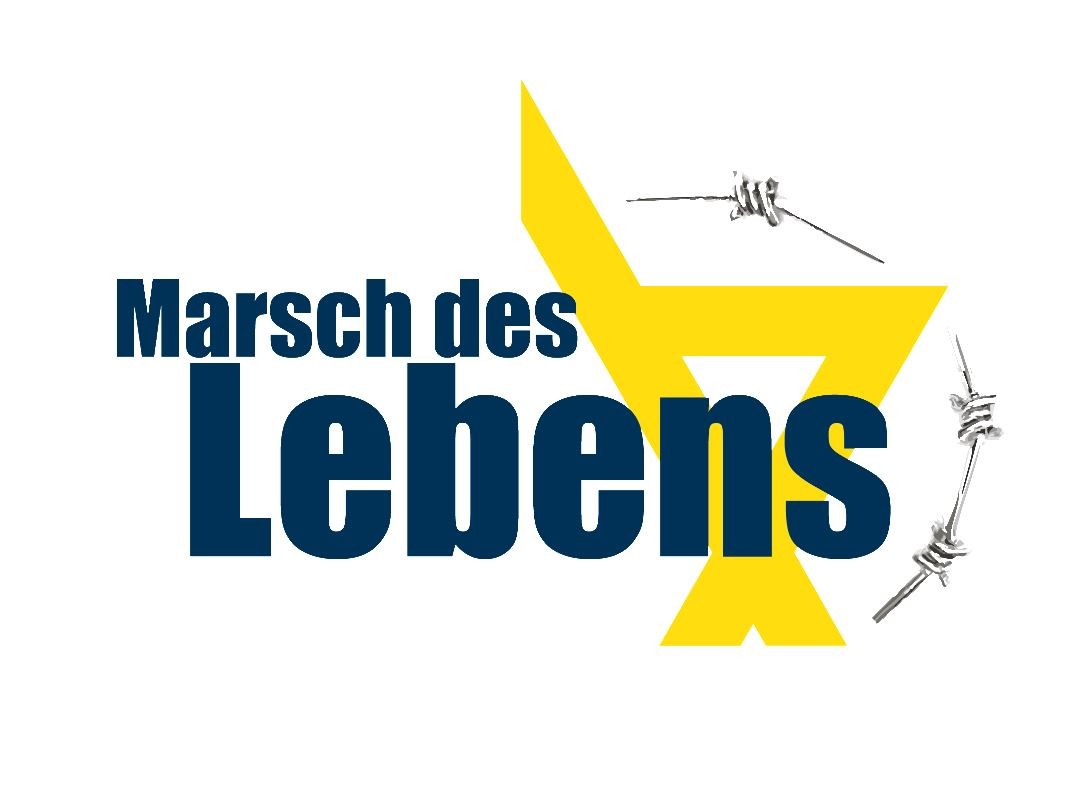The first stop was Vienna, Austria. Immediately after the “Anschluss” (the annexation of Austria into Nazi Germany) of Austria in March 1938, the Jews of Vienna were forced to clean pro-Austrian slogans from the sidewalks in so-called “scrubbing parties” (Reibpartien). The local population was part of those spontaneous pogroms. At that time, almost 200,000 Jews lived in Vienna. They suffered public humiliation and were mistreated by the National Socialists. After the team had taken a closer look at the history of the Viennese Jews, they came up with the idea to clean the Stumbling Stones in Leopoldstadt. It was to be a sign of honor for the over 50,000 deported Jews of Vienna.
From Vienna, the journey continued towards Budapest, Hungary, where the team got to know several Holocaust survivors. Marta was one of these Holocaust survivors the team met in the garden of a café in the center of Budapest. At first, she did not want to tell her story – the memories of the ghetto and the loss of her whole family were too painful. “I need a cigarette to tell this story,” she said. On the day of liberation her grandfather died of hunger. Apart from Marta, only her mother and grandmother survived the Shoah. Two descendants of SS men then told the stories of their families, expressed their regret about the pain their ancestors had caused and presented roses as a gesture of reconciliation. Marta was deeply moved and embraced the two Nazi descendants. Afterwards, she insisted on taking a photo together with the dance team.
The team also visited the synagogue in Pécs in the south of Hungary. The large interior with 1000 seats is a witness of the large Jewish community that existed here prior to 1944. Of the 3,000 Jews from Pécs, only 300 survived the deportation to Auschwitz. The March of Life Multiplication Meeting with members of the Catholic Prayer House Movement was attended by the Chief Rabbi and the head of the Jewish community. It was a special privilege for the descendants of the perpetrators to be permitted to dance in the synagogue. At the end, Chief Rabbi András Schönberger said goodbye with the words: “I receive and return the love I have experienced here today.”
By now, most of the children and teenagers who survived the Holocaust are 90 years of age and older. In Prague, Czech Republic, part of the team was allowed to visit a Jewish senior citizens’ home. They danced Jewish dances for about ten Holocaust survivors, sang songs with them and asked for forgiveness for their ancestors’ participation in the Shoah. Afterwards, the Holocaust survivors approached them and shared their own stories. In these touching moments, relationships developed that could not be more extraordinary and unmerited, given the terrible reality of history. One example for that is Lidice, Czech Republic: In 1942, the small village of Lidice was razed to the ground in a revenge campaign following the deadly attack on Reinhard Heydrich, one of the main organizers of the Holocaust. The men were shot, the women deported and most of the children were gassed. Nine children were selected for “germanization” and found again after the war. Today, the place where the village used to be located, is a memorial site with a wide empty field and a monument commemorating the murdered children. The team visited the exhibition and the memorial, and was deeply shaken by the cruelty and brutality, with which a whole village was eliminated. In a personal conversation with a descendant of a survivor, a member of the team was able to ask for forgiveness for what happened here, which up to date, no-one had ever expressed before. This encounter alone would have been worth the whole trip!
It was a journey that led to old wounds of the past and paved new paths for today. In every city the message of March of Life was planted anew or for the first time and already this year a March of Life is planned from Zittau crossing the border into the Czech Republic.



